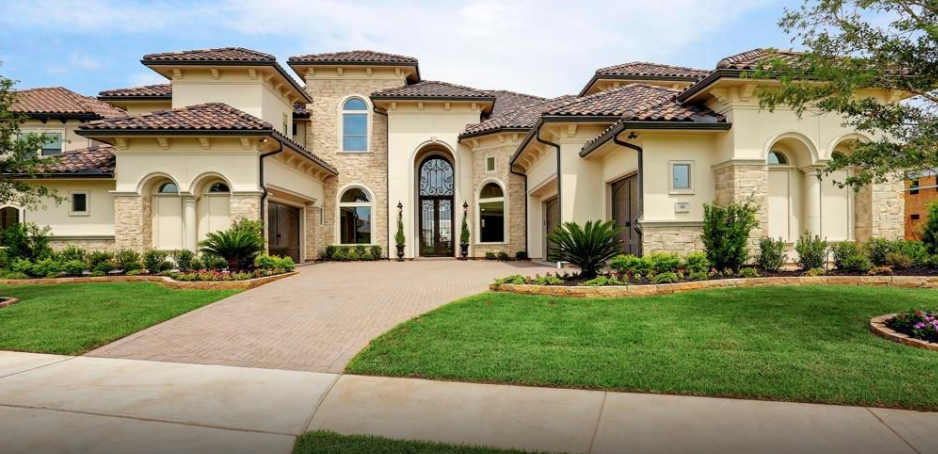What You Need to Know About Traditional Masonry Stucco
 Have you ever seen photos of the houses and buildings that dot the coast of the Mediterranean Sea in Italy and Greece? Typically bright white or pastel-colored, they are built with traditional masonry stucco– a material that has endured for centuries while blending beautifully with the environment.
Have you ever seen photos of the houses and buildings that dot the coast of the Mediterranean Sea in Italy and Greece? Typically bright white or pastel-colored, they are built with traditional masonry stucco– a material that has endured for centuries while blending beautifully with the environment.
Traditional masonry stucco is a highly durable, cement-based plaster that is troweled or brushed over their exterior and interior walls. It is made from cement, lime, and sand, and can be textured to create a variety of finishes.
This beautiful and durable finish has been adapted for modern use by the International Building Code (IBC). The IBC provides recommendations for stucco installation, including how to install structural mesh on the substrate for strength and durability, the minimum time required between coats, proper mixing techniques, and acceptable ways to color the base.
Installing the Base
The base material over which a finish is applied is called the lath. When applying traditional masonry stucco, the lath is a structural wire mesh with holes that are about ¼-inch wide that is installed over a moisture membrane applied to the wall or sheathing.
Mixing the Stucco
Traditional masonry stucco is a mixture of three parts sand, one part Portland cement, and 10% hydrated lime by volume. Because it hardens quickly when water is added, it cannot be sold in liquid form. Instead, pre-mixed stucco is a dry combination of its three ingredients, to which installers add potable water immediately before application.
Applying the Product
A finished application of traditional masonry stucco is approximately ⅞ inches thick. It is applied over the lath in three coats: the scratch coat, the brown coat, and the finish coat.
- The scratch coat, which is applied first, is forced through the ¼-inch holes in the lath to create a strong bond to the wall and a durable base for the next two coats. Experienced installers frequently use a small raking tool to create “scratches” or grooves in this first coast to provide more “tooth” for the second coat.
- The second, or brown coat, is troweled on next and smoothed out to create an even surface for the finish coat.
- The finish coat is applied last, creating the decorative finish on the wall surface. This is also the coat that is colored, if desired.
The slower stucco dries, the stronger it becomes. In sunny and hot locations, stucco must be shaded to prevent the dehydration of the stucco mix. Traditional masonry stucco should never be applied when the ambient temperature is below 40 F.
Coloring Stucco
White, beige, and natural gray are the most common colors for traditional masonry stucco, but the product can be mixed with pigment to create a variety of colors. Stucco can also be painted after it has cured for at least six weeks, but coloring the stucco itself is preferable because it is permanent. Painted traditional masonry stucco will require periodic maintenance.
